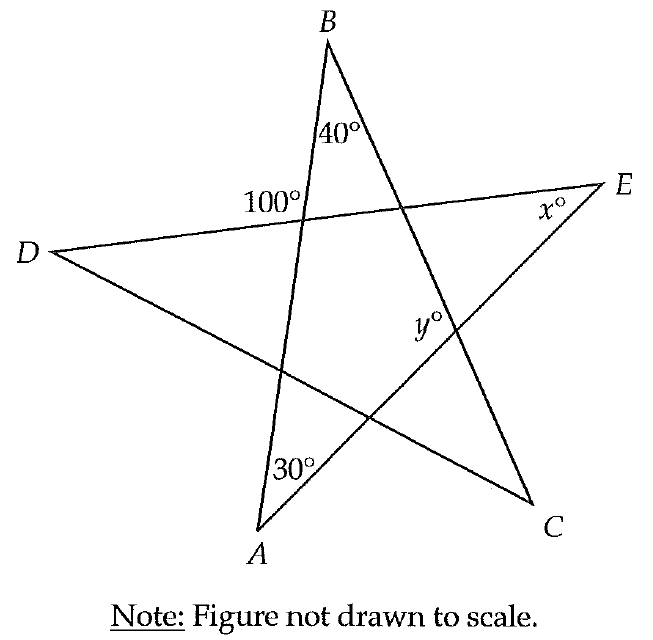HOW TO DETERMINE WHICH TYPE OF FUNCTION IS GIVEN
Question 1 :
Show that the function f : N -> N defined by f (x) = 2x – 1 is one-one but not onto
Solution :
If for all a1, a2 ∈ A, f(a1) = f(a2) implies a1 = a2 then f is called one – one function.
Let x, y ∈ N, f(x) = f(y)
f(x) = 2x - 1 -----(1)
f(y) = 2y - 1 -----(2)
(1) = (2)
2x - 1 = 2y - 1
2x = 2y
x = y
Hence the function is one to one.
It is not onto :
If co-domain of the function = range of function, then the function is said to be onto.
Even numbers in the co-domain are not associated with the elements of domain. Hence it is not onto.
Question 2 :
Show that the function f : N -> N defined by f (m) = m2 + m + 3 is one-one function.
Solution :
Let x, y ∈ N, f(x) = f(y)
f (m) = m2 + m + 3
f(x) = x2 + x + 3 -----(1)
f(y) = y2 + y + 3 -----(2)
(1) = (2)
x2 + x + 3 = y2 + y + 3
x2 + x = y2 + y
x2 - y2 + x - y = 0
(x + y) (x - y) + (x - y) = 0
(x - y) (x + y + 1) = 0
x - y = 0
x = y
Hence it is one to one function.
Question 3 :
Let A = {1, 2, 3, 4} and B = N . Let f : A -> B be defined by f (x) = x3 then, (i) find the range of f (ii) identify the type of function
Solution :
Given that :
f (x) = x3
|
f (x) = x3 x = 1 f (1) = 13 = 1 |
f (x) = x3 x = 2 f (2) = 23 = 8 |
f (x) = x3 x = 3 f (3) = 33 = 27 |
f (x) = x3 x = 4 f (4) = 43 = 64 |
Range of f = {1, 8, 27, 64}
Every element in A has associated with different elements of B. Hence it is one to one.
Kindly mail your feedback to v4formath@gmail.com
We always appreciate your feedback.
©All rights reserved. onlinemath4all.com
Recent Articles
-
Digital SAT Math Problems and Solutions (Part - 134)
Apr 02, 25 12:40 AM
Digital SAT Math Problems and Solutions (Part - 134) -
SAT Math Resources (Videos, Concepts, Worksheets and More)
Apr 02, 25 12:35 AM
SAT Math Resources (Videos, Concepts, Worksheets and More) -
Digital SAT Math Problems and Solutions (Part 135)
Apr 02, 25 12:32 AM
Digital SAT Math Problems and Solutions (Part 135)

